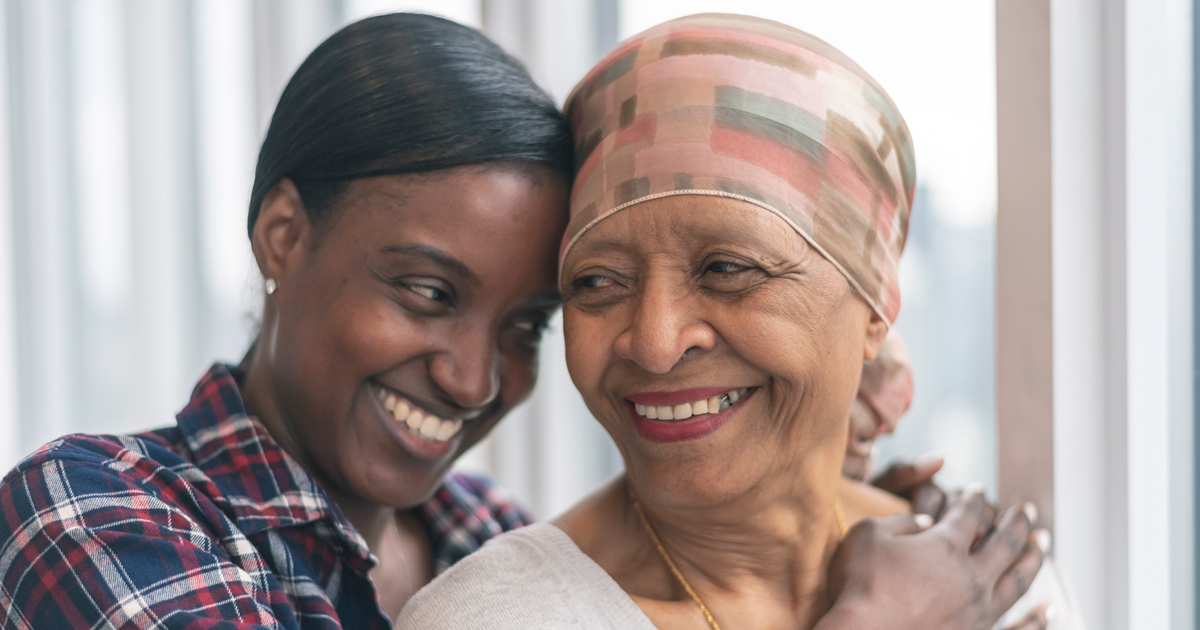
Meg Heffron
Managing Director
From 1 July 2017 it became much harder to build up more superannuation thanks to a tightening of the limits on contributions. The maximum “concessional contributions” (employer, salary sacrifice contributions or contributions made by someone who claims a tax deduction for them) reduced to $25,000 pa.
At the same time caps on “non-concessional contributions” (contributions made from someone’s own money for which they do not claim a tax deduction) reduced from $180,000 pa to $100,000 pa and even $nil for anyone with more than $1.6m in superannuation.
Quirkily, at the same time, legislation was underway to introduce a brand new type of contribution that provides far more freedom for older Australians to make contributions. These new contributions are known as “downsizer contributions” and they started from 1 July 2018.
“Downsizer contributions” are really just like non-concessional contributions once they arrive in the superannuation fund. For example, the fund doesn’t have to pay any tax on them and when they are eventually paid out either during the person’s lifetime or after they die, there is no tax to pay. If they are used to start a pension they will count towards the new $1.6m limit on pensions.
But they come with completely different eligibility rules and limits.
For a start, downsizer contributions can only be made by someone who is over 65. This is unusual for superannuation. Most other rules are designed to stop people contributing after 65 unless they are still working and it’s virtually impossible to make contributions after 75. Downsizer contributions are exactly the opposite, they only come into play after 65 and there are no work requirements or maximum ages.
They are only available to someone who has just sold an eligible “dwelling” after 1 July 2018 that has been owned by the person making the contribution or their spouse for at least 10 years. There are a few rules about the nature of the dwelling but it essentially includes any family home located in Australia. It can even include properties such as farms where the family home is only part of the overall property. A good guide is: if someone sells a property and does not have to pay capital gains tax on at least some of that sale because it was their main residence, it’s worth checking if it triggers eligibility for the downsizer contributions.
The maximum amount of the downsizer contribution is $300,000 per person, so $600,000 combined for a couple regardless of how much they already have in their superannuation fund. But there’s an extra limit – the total amount contributed cannot exceed the sale price of the property. So if a property is sold for $400,000, a couple could contribute $200,0000 each or $300,000 for one person and $100,000 for the other or some other combination. They could not use their full limit of $300,000 each ($600,000 combined).
Only one property can trigger a downsizer contribution over a person’s lifetime. But it can happen any time after 65 – even someone who is 90 and is selling their home to move into an aged care home could make one.
So why are they such a big deal?
One reason is that downsizer contributions can be made by people who already have very large superannuation accounts. In the future it will be common for these people to find that they cannot make non-concessional contributions for many years before they turn 65 (once they cross the magic $1.6m threshold) but when they sell their house at (say) 80 they can make a downsizer contribution. It is therefore a belated chance to add to superannuation.
While they are called “downsizer contributions” (implying that there is an expectation of selling a large house and buying something smaller) there is actually no requirement to be downsizing or even to be buying another home at all. The rules are simply an opportunity for those over 65 to make superannuation contributions that is triggered by selling their home.
There is also no requirement that the contribution actually comes from the proceeds of the sale. Some people might have no intention of adding more money to their superannuation fund but they are concerned that the super they already have would all be taxed very harshly if inherited by their adult, financially independent children (up to 15% plus medicare). The new rules give people in this position the ability to withdraw some existing (taxable) superannuation and then put it back into the fund as a (tax free) downsizer contribution when they sell their home.
And there are some quirks about eligibility. Just some aspects to think about:
- While the home must have been owned for 10 or more years, there’s no requirement that the couple have been together for all of that time – a late-in-life marriage could still allow downsizer contributions for both members of the couple if one of them sells their home,
- Even where the home is owned entirely by one member of a couple, both can potentially make a downsizer contribution,
- Only someone over 65 can make a downsizer contribution. But if one member of the couple is under 65, that simply means only one of them can make one – it doesn’t rule them both out entirely.
One potential shortcoming is the impact on age pension entitlements - people making a downsizer contribution will potentially be moving money out of an exempt asset (their family home), into an environment where it will affect their age pension (superannuation).
For a new rule that’s not being talked about much, downsizer contributions have a lot to offer and a great many over 65s selling their homes should give them some serious consideration.
This article is for general information only. It does not constitute financial product advice and has been prepared without taking into account any individual’s personal objectives, situation or needs. It is not intended to be a complete summary of the issues and should not be relied upon without seeking advice specific to your circumstances.



